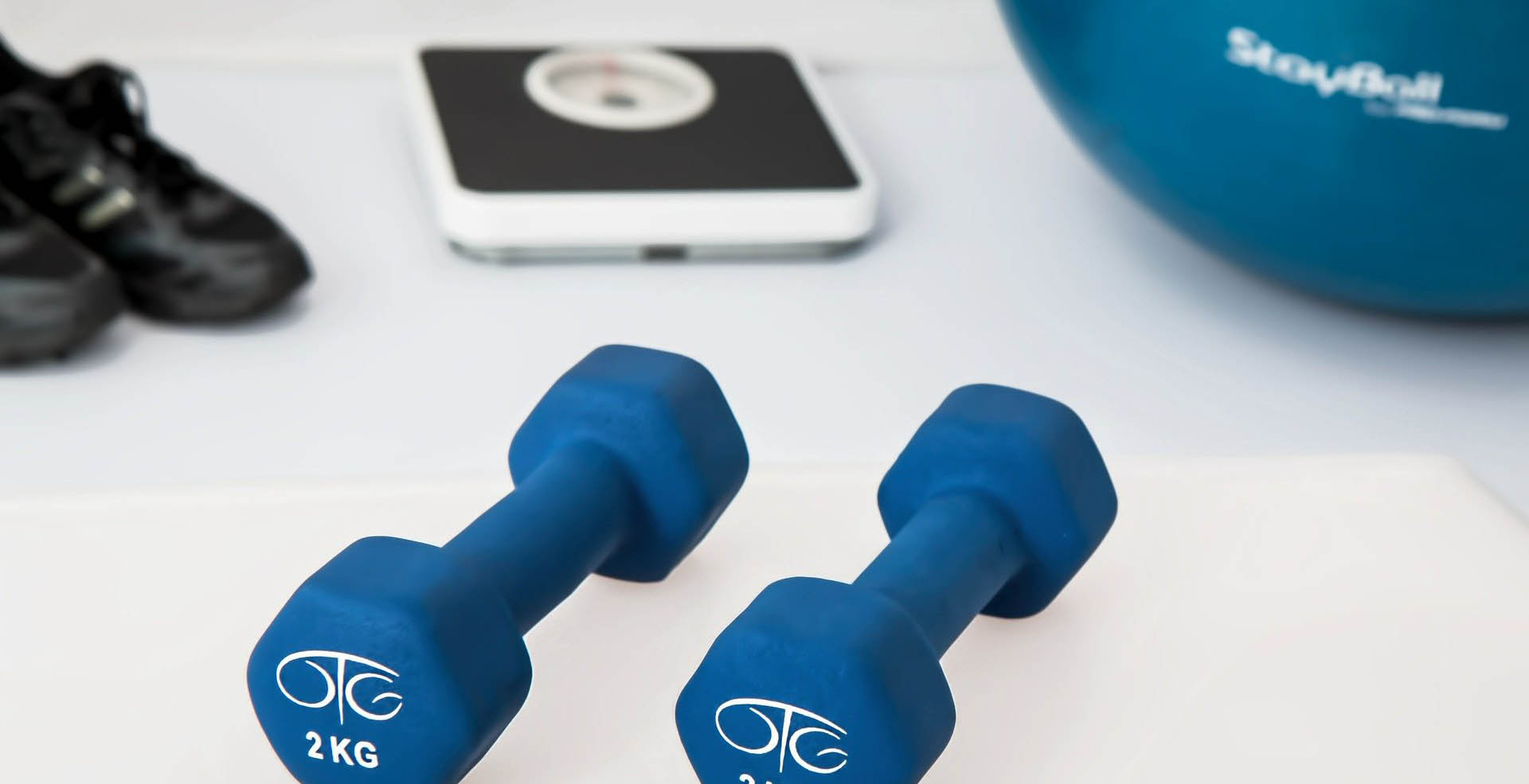What You Need to Know About Age-Related Muscle Wasting

PREMIUM CONTENT for MEMBERS ONLY
I have talked about frailty in a previous post, emphasizing the importance of shifting dietary habits and adopting a regimen of regular physical exercise. This same advice stands true for age-related muscle wasting, or sarcopenia. Sarcopenia is the loss of muscle mass and function, and frailty can be defined as multi-system impairment, including muscle loss associated with increased vulnerability to stressors.1
Depending on your age, you’ve probably noticed as you get older it is harder to maintain muscle, losing both mass and strength more noticeably – this is known as primary sarcopenia. Keep in mind that this is not a necessary consequence of getting older, but a preventable age-related condition.2
- A reduction in nerve cell connections from the brain to your muscles.
- A natural, age related decrease of the body’s hormone levels.
- A decline in your body’s ability to convert protein to energy.
- A reduction in daily intake of calories and protein in order to maintain muscle mass.
During COVID-19, where many have been working from home, levels of physical activity have plummeted, leading to accelerated muscle loss and potentially to sarcopenia. Such muscle loss is easily “correctable” at younger ages, but as we get older, the amount of muscle tissue and its composition changes. For example, fat tissue infiltrates the muscle, replacing muscle fibers and compromising its function. Similar to frailty, sarcopenia is associated with reduced physical function, increasing the odds for falls and fractures, impaired mobility, loss of independence, etc. As we age some loss of muscle is inevitable. However, to minimize age related sarcopenia, there are some important things we can do, in particular diet and exercise.3
“The best way to fight sarcopenia is exercise.”
The best way to fight sarcopenia is exercise. Resistance training and aerobic exercise (walking, hiking, running, etc.) are two of the best ways to prevent sarcopenia.
Resistance training such as weightlifting or bodyweight exercises tensions your muscle fibers and results in growth signals which lead to increased strength. It also increases the actions of growth-promoting hormones. These signals tell the body to make new proteins and to activate muscle stem cells (satellite cells), which reinforce existing muscle.4 Aerobic exercise raises your heart rate and has been shown to control sarcopenia, however most of the studies which tested aerobic exercise as treatment for sarcopenia also included some sort of resistance training as part of the program.
“…four key nutrients that can promote muscle growth or enhance the benefits of exercise.”
As far as diet goes, there are four key nutrients that can promote muscle growth or enhance the benefits of exercise. Firstly, protein. Sufficient amounts of high-quality protein can be obtained from plant-based sources, such as beans, peas, lentils and hemp seeds. Protein directly signals your muscle tissue to build and strengthen. Secondly, vitamin D. Vitamin D deficiency is directly related to sarcopenia; taking vitamin D supplements can increase muscle strength and reduce the risk of falling. Thirdly, omega-3 fatty acids. Consuming omega-3 fatty acids through consumption of omega-3 rich seafood (wild salmon, small fish like anchovies, sardines and mackerel, or muscles) or supplements will increase your muscle growth no matter your age.5 It is thought that this benefit may be due to the “anti-inflammatory” effects of omega-3s. Lastly, creatine. Creatine is made by your body in amounts to prevent you from becoming deficient. However, including it in your diet or as a supplement may benefit your muscle growth. Elderly study participants who took creatine got more benefits from resistance training compared to when they performed resistance training with no creatine.6
Living a long, healthy life without frailty is everyone’s goal. Today, many people live into their 90s and a growing number even into their 100s an accomplishment achieved generally with the help of multiple prescription drugs and often at the cost of some independence. If you take care of your body, in particular your muscles, it will take care of you. Try to implement a healthy, anti-inflammatory diet (e.g. a largely plant-based diet) and daily exercise as described above into your routine, and you will see the benefits.
References
- https://www.ncbi.nlm.nih.gov/pmc/articles/PMC6297299
- https://www.healthline.com/health/sarcopenia#causes
- https://medium.com/predict/muscle-wasting-and-aging-what-do-we-know-9c6364ec7c6a
- https://www.healthline.com/nutrition/sarcopenia#TOC_TITLE_HDR_5
- https://pubmed.ncbi.nlm.nih.gov/21159787
- https://pubmed.ncbi.nlm.nih.gov/24576864
 E. Dylan Mayer is a graduate from the University of Colorado at Boulder, with a major in Neuroscience and minor in Business. He is currently completing his master’s degree in Human Nutrition from Columbia University. Dylan is fascinated by the close interactions between nutrition, exercise and human health, especially with regard to the brain-gut-microbiome system – and regularly posts his content on his Instagram (@mayerwellness).
E. Dylan Mayer is a graduate from the University of Colorado at Boulder, with a major in Neuroscience and minor in Business. He is currently completing his master’s degree in Human Nutrition from Columbia University. Dylan is fascinated by the close interactions between nutrition, exercise and human health, especially with regard to the brain-gut-microbiome system – and regularly posts his content on his Instagram (@mayerwellness).